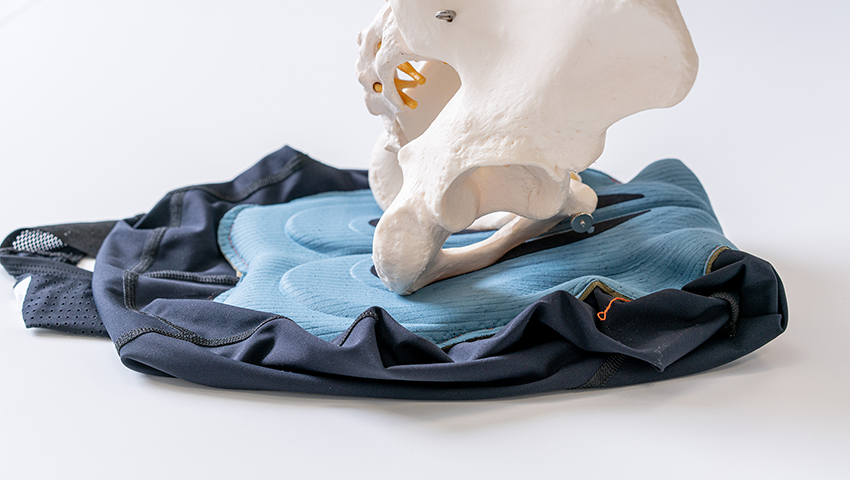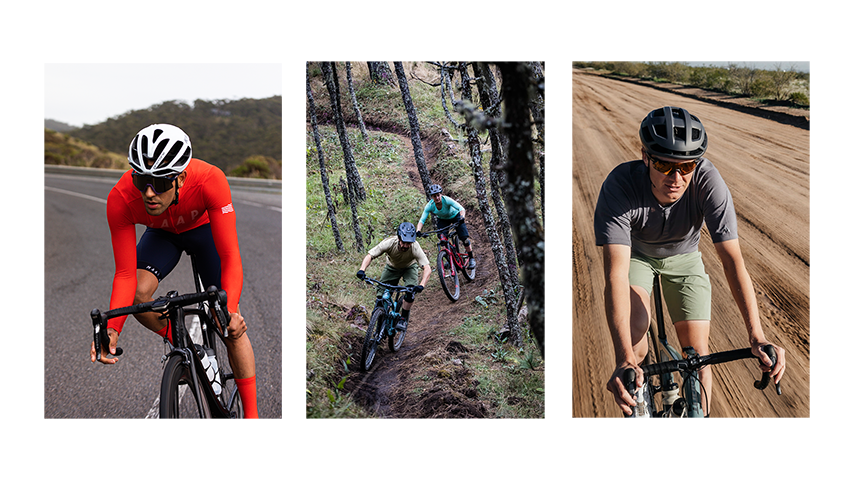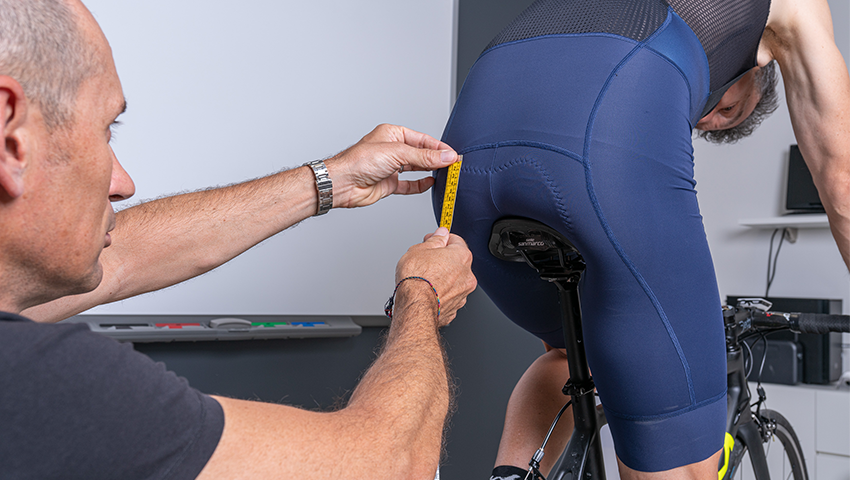
How do I choose the perfect chamois?
[ssbp]If this is the question that won’t let you sleep at night, with this guide we will make your life easier.
We will answer some of the most common chamois questions, so you can choose more consciously your next pair of bib shorts. The list goes as:
- Is there a “perfect chamois”?
- Do I really need padded bike shorts?
- Understanding your riding position.
- What chamois do I need for long rides? And what chamois for short rides?
- Are there specific chamois for men and for women?
- Is chamois positioning important?
- What size for my chamois?

Ready to dive in? Let’s start!
1. Is there a “perfect chamois”?
Or, better said, there is no absolute perfection.
There is the chamois that works best for you, though. And even when you find your holy grail, you might find yourself looking for other options every once in a while. Preferences change, training status and experience level change.
2. Do I really need padded bike shorts?
Developing chamois, to us, is not just a business. It is about allowing the cyclist to experience the most comfortable ride ever. And the best chamois review we will get is “I forgot I was wearing a chamois”.
This is because chamois are an active interface with your body and, during the athletic gesture, they need to favor it – not stay in the way.
Chamois are also needed for health reasons, not just comfort. You need a chamois that favors blood flow, reduces pressure and avoids proliferation of bacteria and wet situations.
We recently came across a discussion on the topic, though, and we talked more about the topic here.
3. Understanding your riding position.
When choosing your next chamois, consider your riding position first. What bike do you use: road, off-road,
gravel, triathlon?

Each discipline has its own position in saddle, and for each position our protection designs change.
- In a road position, you will have an aerodynamic position and you will need more protection in the perineal area.
- When riding in an off-road position, your peak pressure points will focus in the ischiatic area.
- Gravel is much more variable, so you will need a breathable padding that supports you both in an aerodynamic and more up-right position in saddle.
- Triathlon position? We have specific solutions for this discipline as well, a combination of compact and protective chamois.
4. Are there specific chamois for men and for women?
Of course, there are anatomy-specific chamois. Man- and woman-specific chamois contribute to the overall wellbeing of the cyclist when riding.
Men need a central channel that allows for improved blood flow, reduced pressure and numbness.
For women, we developed three different solutions. In fact, some might prefer complete central support, while others might prefer to have an area that relieves pressure. You can learn more here.
5. What chamois do I need for long rides? And what chamois for short rides?
Chamois are designed and developed to provide the right amount of protection and freedom of movement.
Foam support is usually measured with density, that means the kilograms a foam can respond to for each cubic meter. The higher the density, the higher the protection. The longer the ride, the higher protection you will need.
6. Is chamois positioning important?
Chamois positioning is not important. It’s essential.

Padding design is developed to reflect the body and its peak pressure points when in saddle. If a chamois is not positioned properly, you might feel exposed: even one centimeter can influence badly your riding experience. When in saddle, carefully check the chamois positioning and make sure the padding is not too much on the back/front.
7. What size for my chamois?
Legit question, and it is a question we had as well, back in the days.
With the collaboration of the University of Padua, we studied the hip anatomy of various ethnicities to verify hip dimensions. It resulted that there are no significant differences between ethnicities.
We defined a design guideline that defines the minimum and maximum measures of a padding, so we are able to protect everyone.